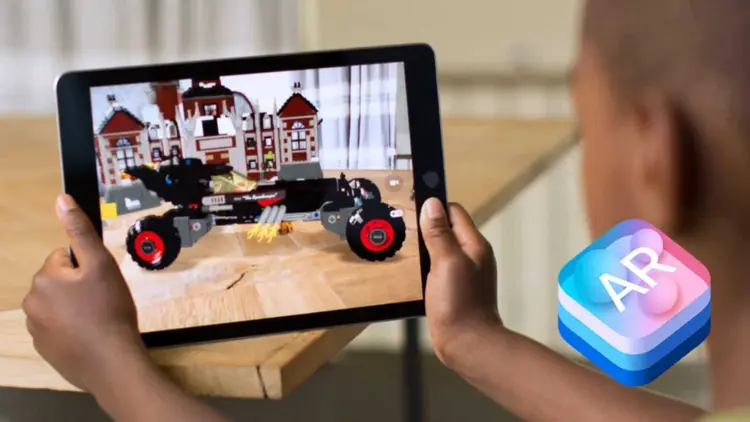How Technology Affects Attachment
The article is developed in partnership with BetterHelp.
Attachment theory is an important concept that explains how we connect with our loved ones. Our attachment style develops in infancy and is dependent on how we relate to our caregivers. Though most people have a secure and healthy attachment style, some evidence shows that technology may be changing this.
The increased use of technology by parents and children may be harming their natural attachment to each other. This can have great consequences that can reach over an entire lifetime. Read on for a basic review of the four attachment styles and how technology may be affecting them.
An Overview Of The Four Attachment Styles
The four styles of attachment explain how we interact and connect with our loved ones. These styles can be secure or insecure, depending on how our childhood was.
Secure Attachment
Secure attachment is the ideal attachment style. Individuals with this attachment style have no problem creating and sustaining healthy and loving relationships. They aren’t desperate for love, nor do they avoid it. Furthermore, they aren’t afraid of intimacy but also enjoy time alone and completely trust their partner.
People who develop a secure attachment style experience ample love and support from their caregivers. Their caregivers were able to respond to their needs and gave them plenty of care. Because they were surrounded by such healthy love, they can provide this same love to their partners.
Anxious Attachment
The first insecure attachment style we will discuss is anxious attachment. Overall, people with this attachment style fear abandonment. As a child, their caregivers were inconsistent with their love and care. Sometimes the caregiver responded lovingly to their child’s needs; other times, they were unavailable, distracted, or ignored their child. While no parent can be there for their child 100% of the time, these caregivers were inconsistent enough to make their children anxious.
Because they could not depend on their caregivers to support their needs, they grew up not trusting others. In other words, they developed a habit of not knowing if the people they loved would be there for them when they needed them.
As an adult, people with this attachment style will constantly seek validation and fear being apart from their loved ones. They often believe that the ones they love will not come back, much like their inconsistent caregivers. This means they may become clingy and have trust issues.
Avoidant Attachment
The next insecure attachment style is avoidant attachment. If anxious attachment leads to clinginess, then avoidant attachment leads to avoidance and withdrawal. Individuals with this attachment style had caregivers who were unavailable or rejected the child. The child learned to be independent and distance their emotions and needs. Therefore, they run away from feelings of love and intimacy and learn not to depend on others.
Therefore, people with this attachment style rarely form relationships, as they prefer to be independent and not attach themselves to anyone. On the rare occasion that they are in a relationship, it is with someone who is just as independent as they are.
Fearful-Avoidant Attachment
The final attachment style is fearful-avoidant attachment, and it is a combination of the other insecure types. Someone with this attachment style will desperately crave love and intimacy but also try to avoid it.
This attachment style most commonly comes up in survivors of abuse. Their caregivers were inconsistent, often acting erratic or chaotic. Sometimes they would care for their child; other times, they would deliberately neglect or abuse them. This creates a sense of constant danger, so the child grew up believing the world and its people are unsafe and can’t be trusted.
**If you are a survivor of domestic violence or currently are experiencing it, please call the National Domestic Violence Hotline at 1.800.799.SAFE (7233) for help and resources.**
For more information on the attachment, you can find further reading and resources at the link below:
https://www.betterhelp.com/advice/attachment/
How Technology Affects Attachment
From emerging evidence, it seems that technology is affecting attachment from both sides of the spectrum. Both parents and children are using technology at an increasing rate which may be severing their natural attachment to each other.
On the one hand, parents are using screens to distract their children when they are tired or busy with chores. That means the child is spending more time watching television or using the computer or tablet than they are interacting with their family. At such a young age, they are ignoring their needs for love and affection and becoming addicted to technology. This could potentially lead to more cases of avoidant attachment, as they usually crave such independence.
On the other hand, parents themselves are using screens more than ever. They may be so focused on reading the news or posting pictures on social media that they begin to neglect their child’s needs. This could potentially lead to more anxious attachment or even fearful-avoidant cases.
How To Prevent Attachment Issues
However, there’s no need to go on a tech detox. Technology will always be a part of our lives, and that’s not a bad thing. But to create healthy bonds with our children and ensure they grow up with a secure attachment style, it’s important to create some boundaries with technology. Here are some ideas:
- Limit how much technology you use for fun or free time.
- Engage in activities with your child that do not include screens.
- Give your child a more engaging activity to keep them distracted.
- Block out periods of your family schedule when no one can use technology.
- When you use technology for fun, make it a family activity, such as playing a multiplayer video game or watching a movie together.
Bottom Line
Increasing dependence on technology can interfere with our bonds with our child as well as their attachment style. However, this doesn’t have to be the case. With mindfulness and healthy boundaries on technology use, you and your child can still enjoy technology and create a secure and healthy attachment to each other.







